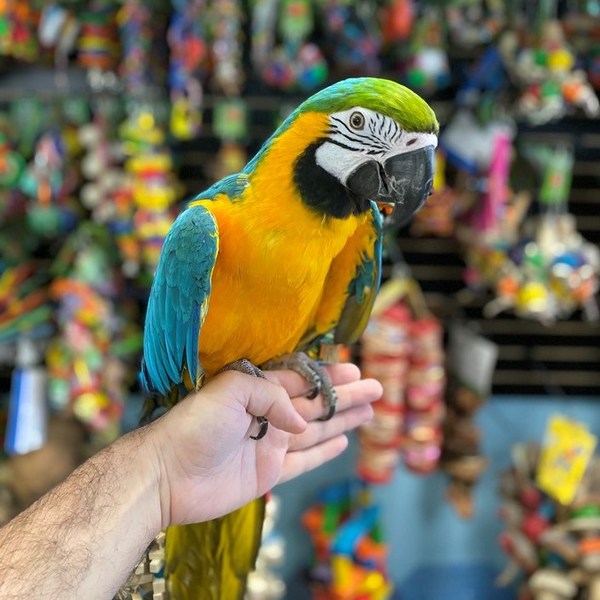
- by FPABS-Admin
- 0
- Posted on
Macaws – Care & Feeding
A macaw needs a cage tall enough to prevent its tail feathers from hitting the cage bottom, which can cause the tail feathers to bend or break. Overall, a macaw needs a much larger cage and play stand than other parrot species, so a potential owner should take space considerations into account.
In their natural habitat, macaws feed on native seeds, fruits, flowers, leaves, palm nuts, figs, nectar, and, in some regions, clay from exposed river banks. The dietary needs of some macaw species differ from that of other parrots because they need more fat in their diet. The wild macaw’s diet tends to be high in fat, which is acceptable for a bird that spends its day flying through the rainforest, finding food, nesting, and rearing chicks.
Companion macaws tend to have a much easier life than their wild counterparts, but they miss out on the ability to forage for their food, a behavior that comes naturally. Lafeber’s bird foods are ideal for the lively macaw, a bird that appreciates the opportunity to tear apart its meals. The berry and cake shapes of these foods invite more interaction. Macaws tend to love Pellet-Berries, Avi-Cakes, and Nutri-Berries.
